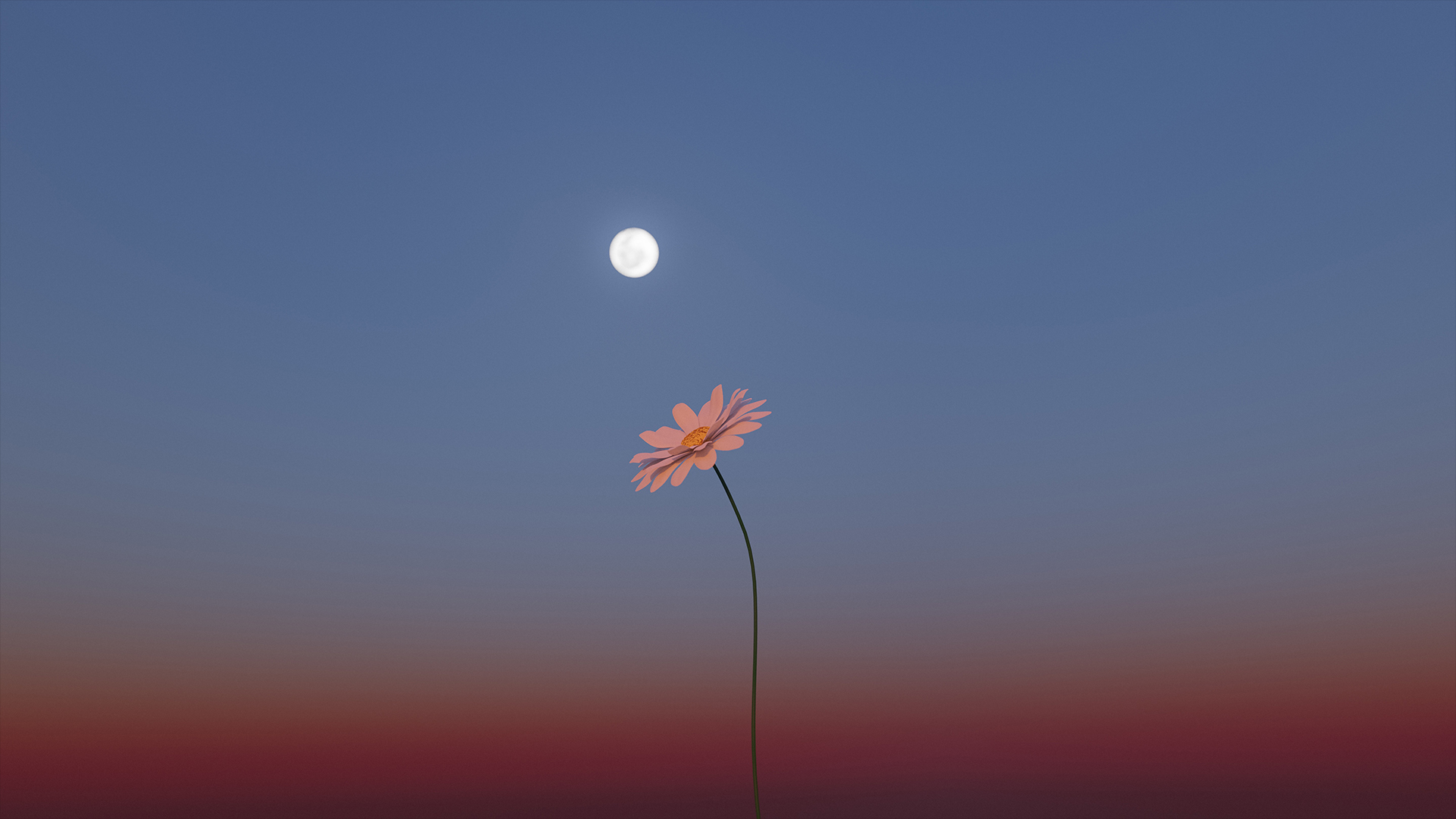
The fourth full moon of 2024, nicknamed the Pink Moon, will rise into spring skies this week, appearing bright and full from Monday to Wednesday (April 22-24).
The moon will be at its fullest Tuesday (April 23) and will shine in the constellation Virgo, close to Spica, one of the 20 brightest stars in the night sky. The moon will also appear bright and full Monday and Wednesday. This coincides with the peak of the Lyrid meteor shower, and may somewhat outshine the annual display of shooting stars; the best time to catch the shower will be on April 22 when the moon is at its lowest, just before dawn.
From North America, the best time to see the full moon is Tuesday, when it rises in the east very close to sunset. Check the moonrise and moonset times for your location, and find a place with a low view of the eastern horizon.
The Pink Moon gets its name from the color of blooming flowers this time of year, according to Time and Date. It's also called the Breaking Ice Moon, Budding Moon, Awakening Moon and Egg Moon.
Related: The 10 best stargazing events of 2024
Other Native American names for April's full moon include Moon of the Red Grass Appearing (Oglala), Sprouting Grass Moon (Tlingit), Moon of Blackberry (Choctaw), Flower Moon (Cherokee) and Moon of the Big Leaves (Apache), according to Farmers' Almanac. Anishinaabeg, or Ojibwe, Indigenous people of the Great Lakes region know it as Popogami Giizis or the Broken Snowshoe Moon, according to the Center for Native American Studies.
In Judaism, the Pink Moon is known as the Passover Moon because it marks the first day of the Jewish festival of Passover (Pesach).
Another name for April's full moon is the Paschal Moon. That comes from its association with Easter ("paschal" means relating to Easter), which is celebrated by Christians in the West on the first Sunday after the first full moon on or after the vernal equinox. In 2024, that was last month's full Worm Moon.
In a rare turn of cosmic events, many skywatchers in North America also saw the Pink Moon in its new moon phase on April 8, when the moon briefly blocked the sun during a total solar eclipse. Living up to its nickname, the moon offered some surprisingly pink views of our sun's atmosphere during the peak of the eclipse.







